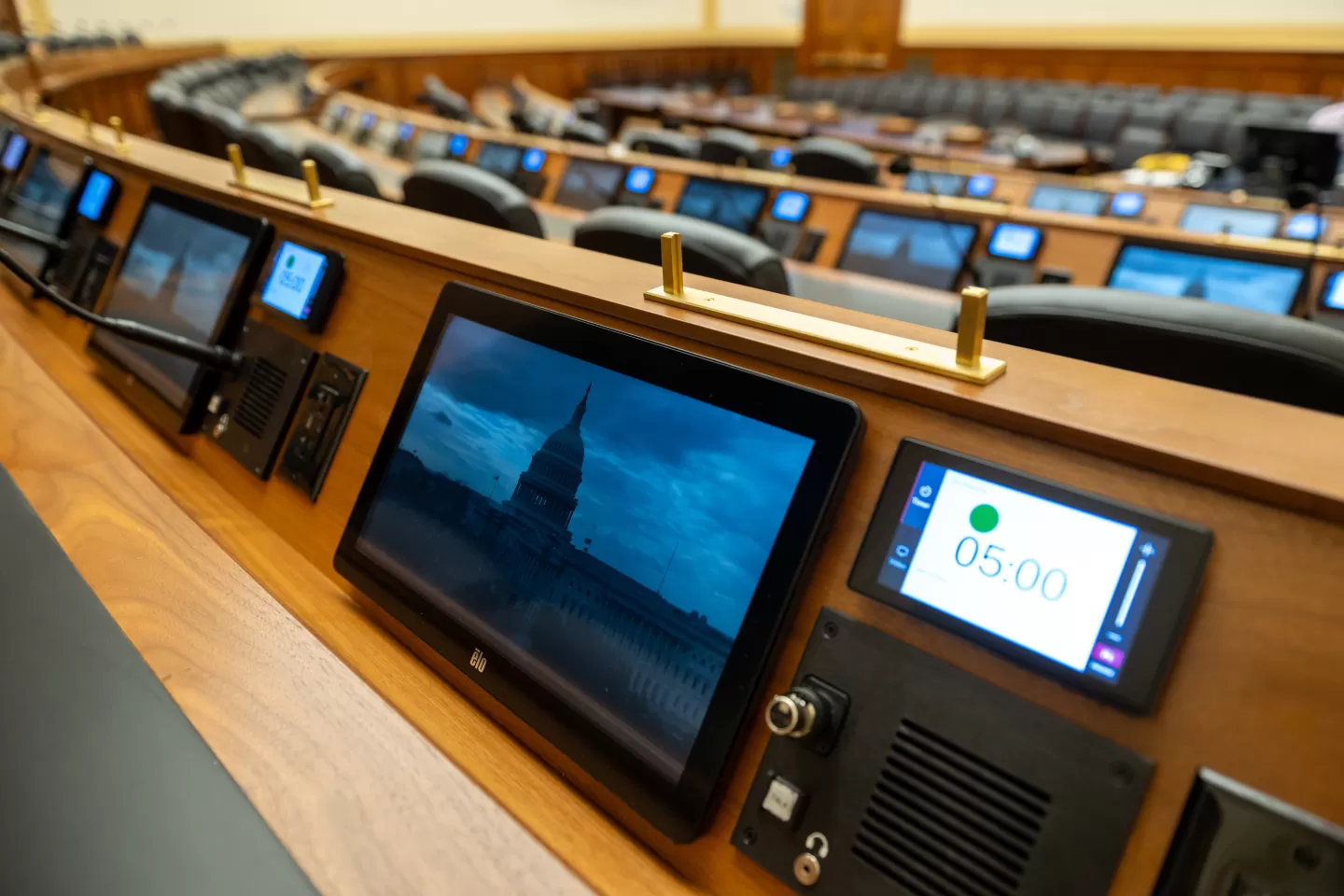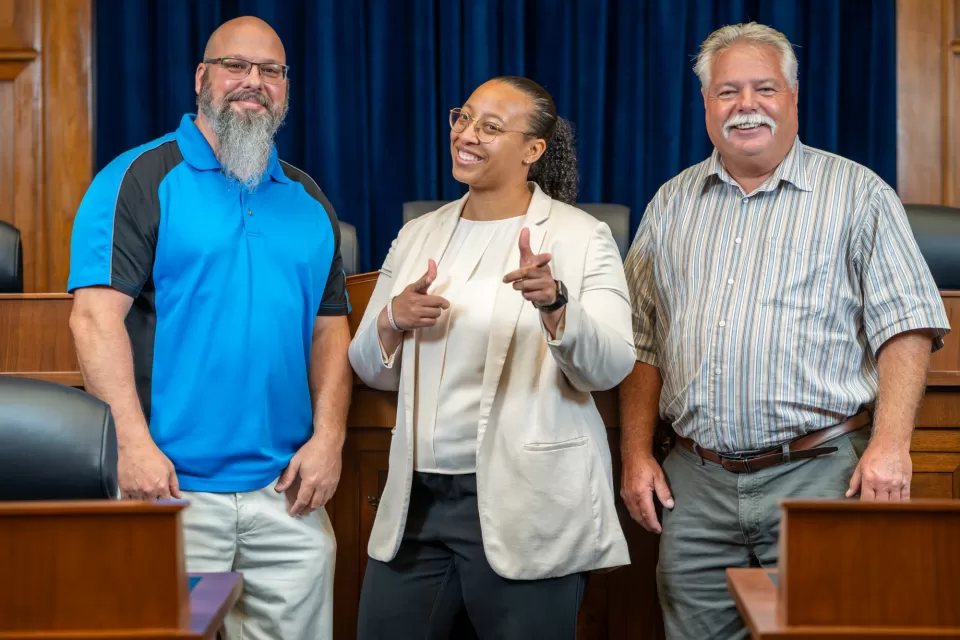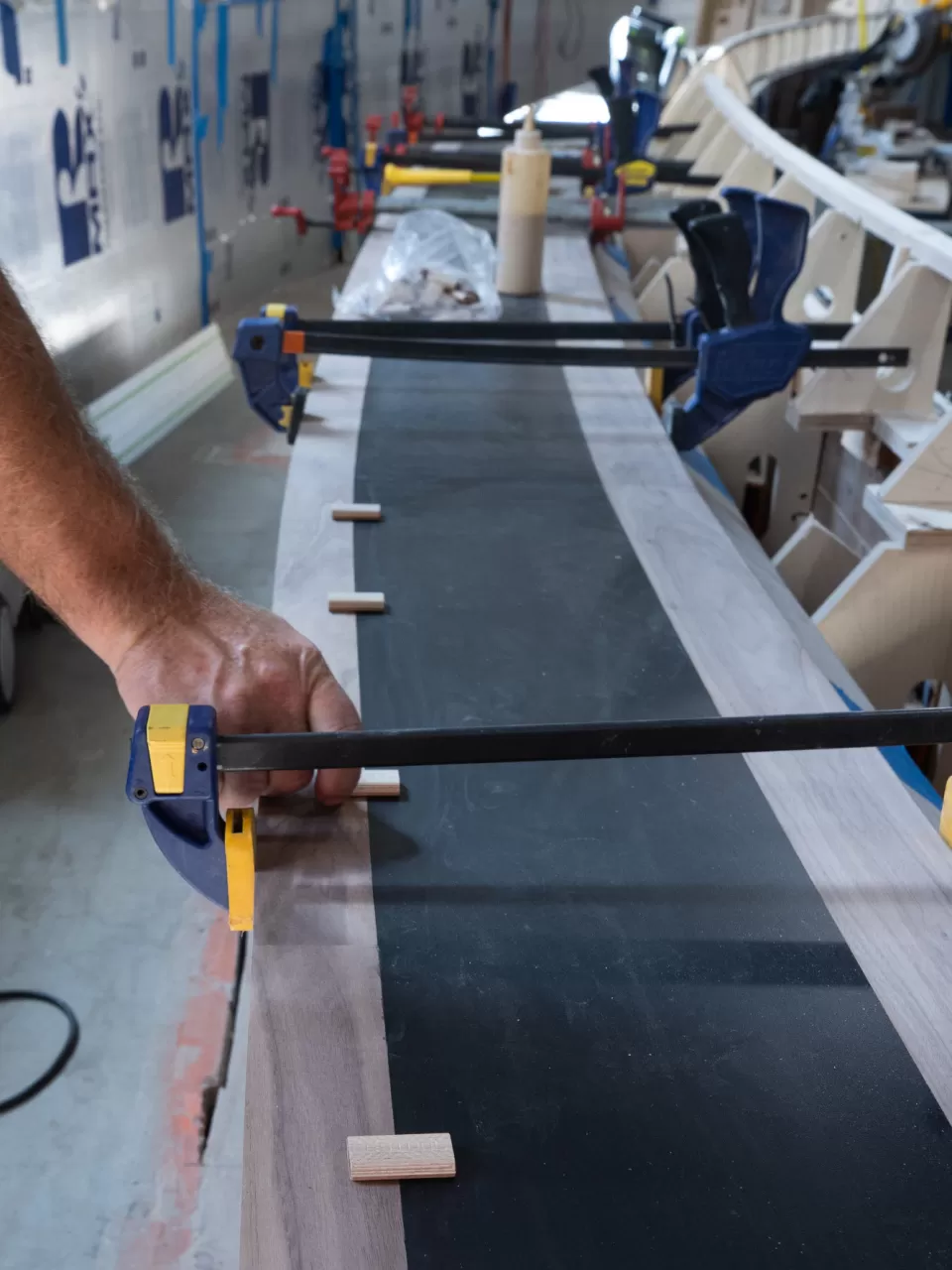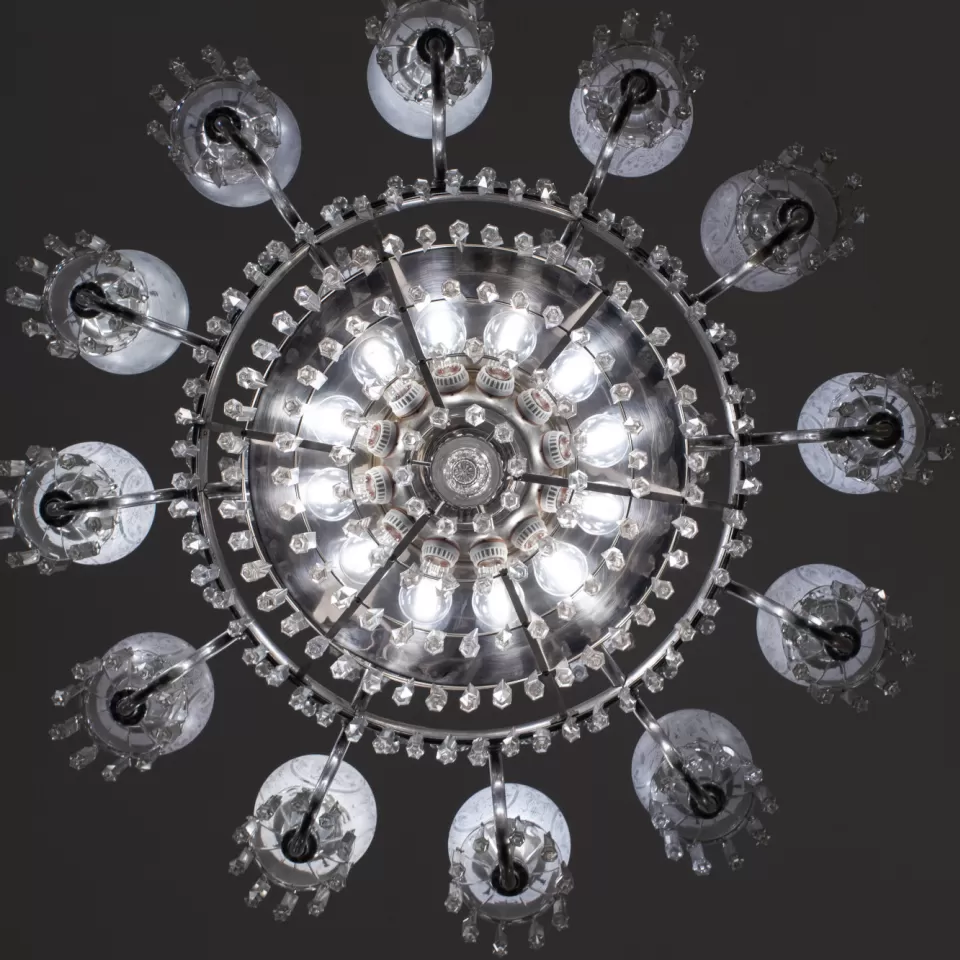Our Stories
Recent Articles
Projects
A House for All Seasons
More than 140 years later, the Architect of the Capitol's Summerhouse still offers visitors respite. Recent maintenance efforts will help keep the site around for repeat visitors and first timers alike.
Projects
The AOC Never Paints Itself Into a Corner
An in-depth look at the most recent phase of the Capitol Building Paint Analysis and Plaster Repairs project.
Projects
Group Project: The Russell Building Courtyard
The Russell Senate Office Building courtyard was recently restored as a supplement to the Russell Exterior Envelope Project.
Projects
Cannon Light Fixture Restoration
While light fixtures are like jewelry to a room, they can also set a tone for the significance of the space. Naturally, they also provide illumination to enable work and safe movement.











Comments
Great job!
Way to go, my brother Robin!
Great read very interesting. Loved it . Black
Add new comment